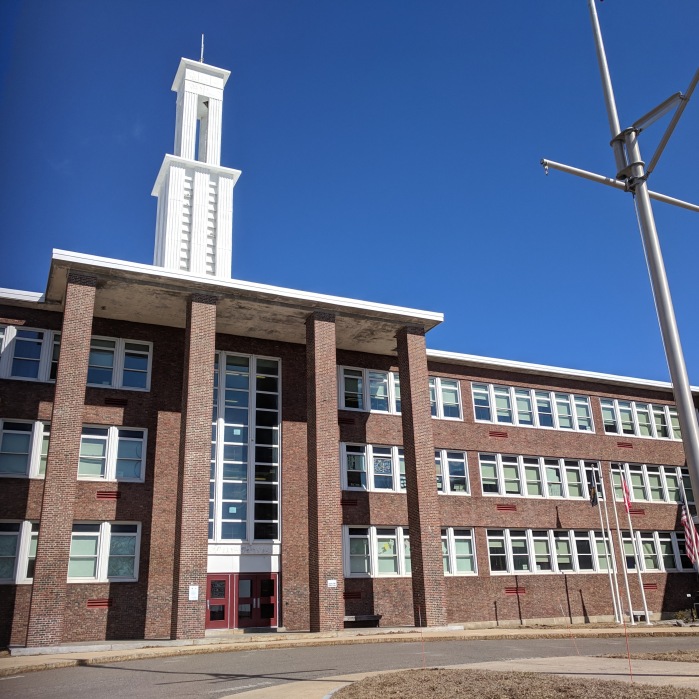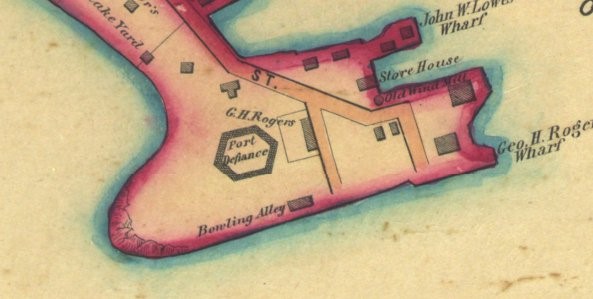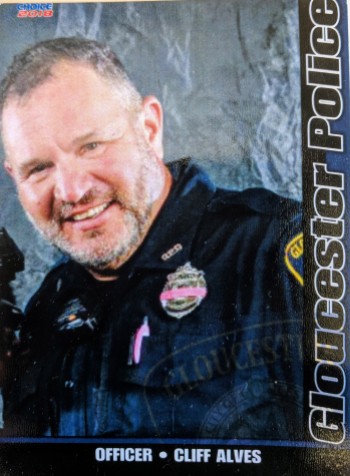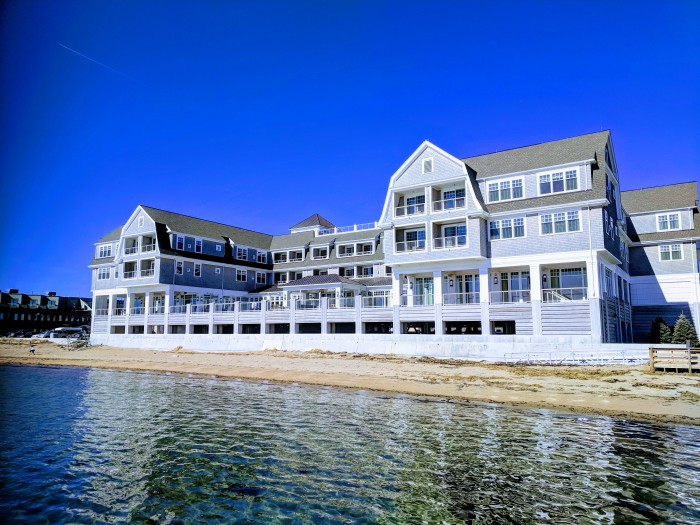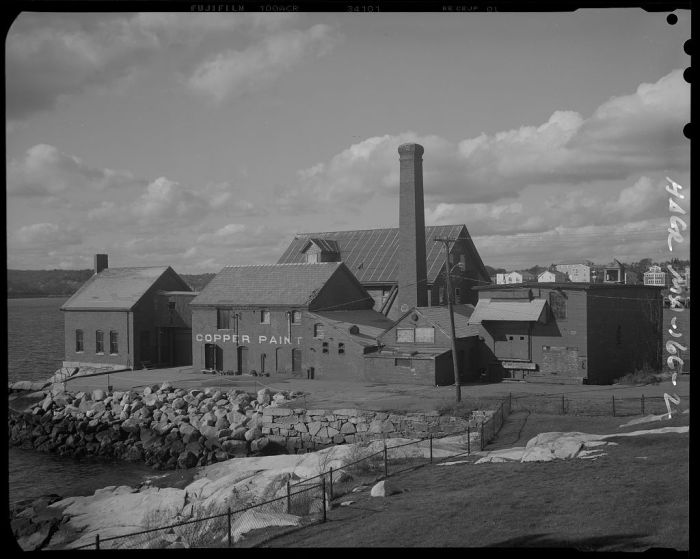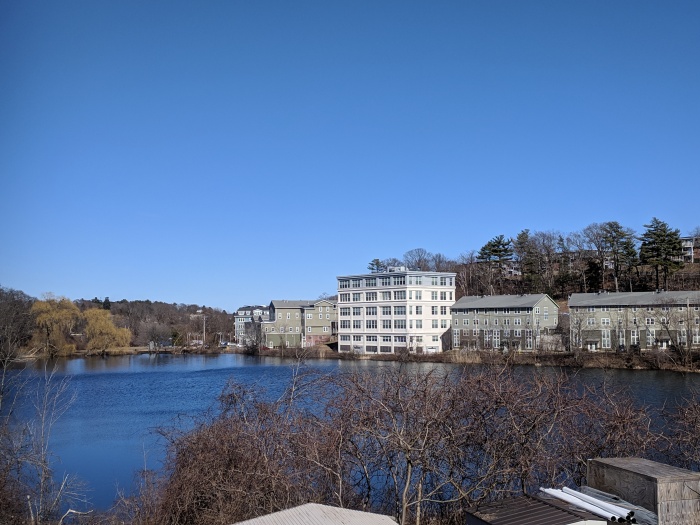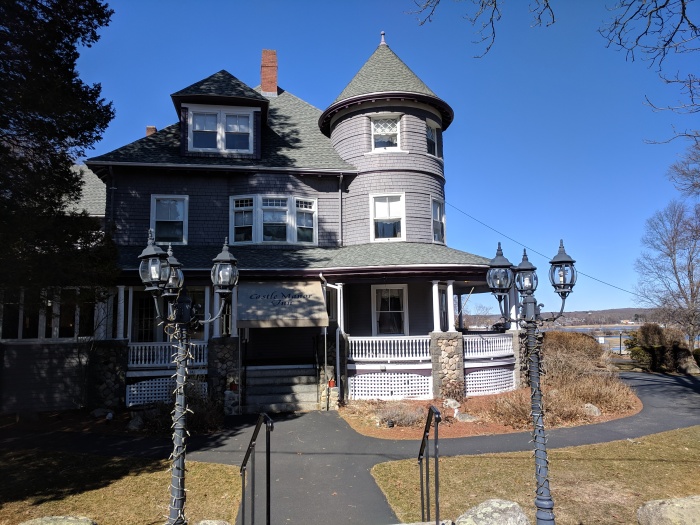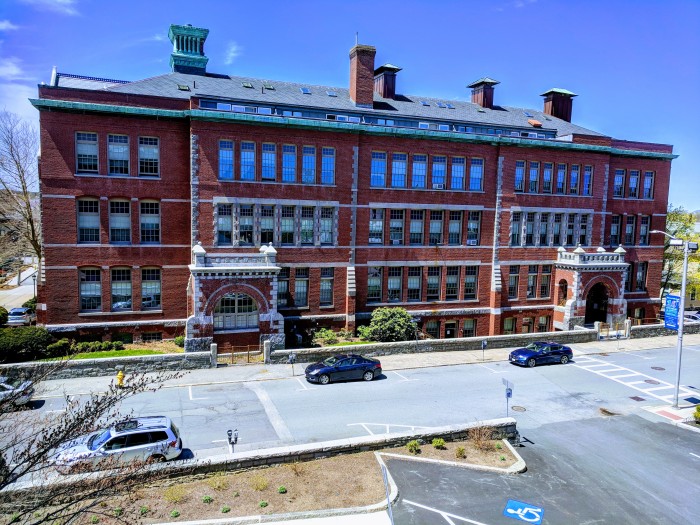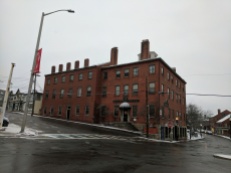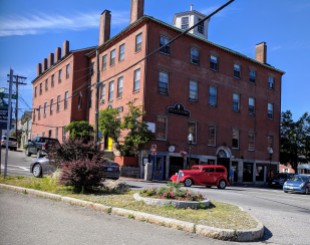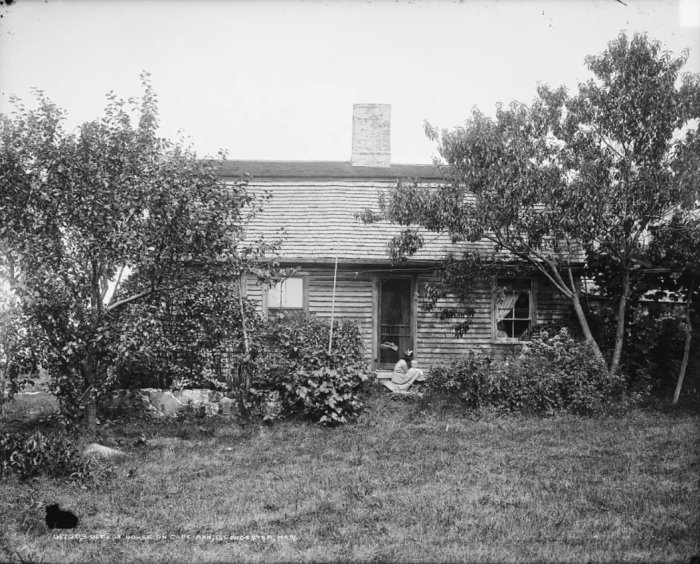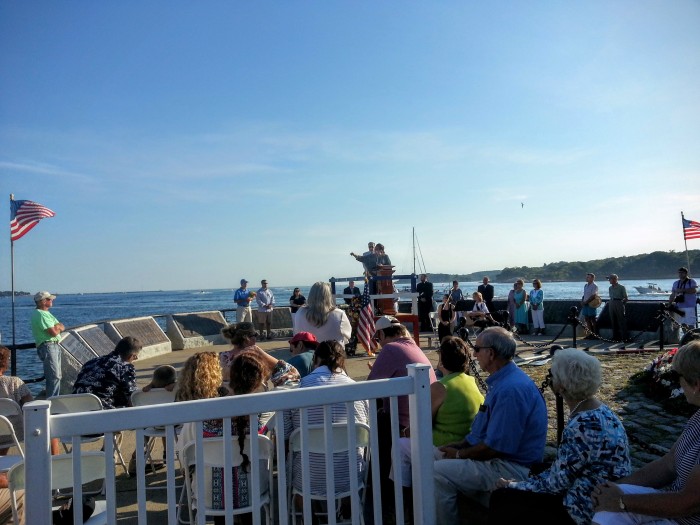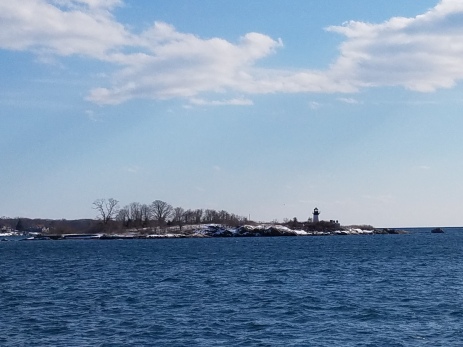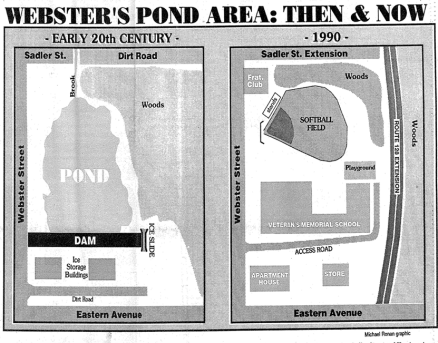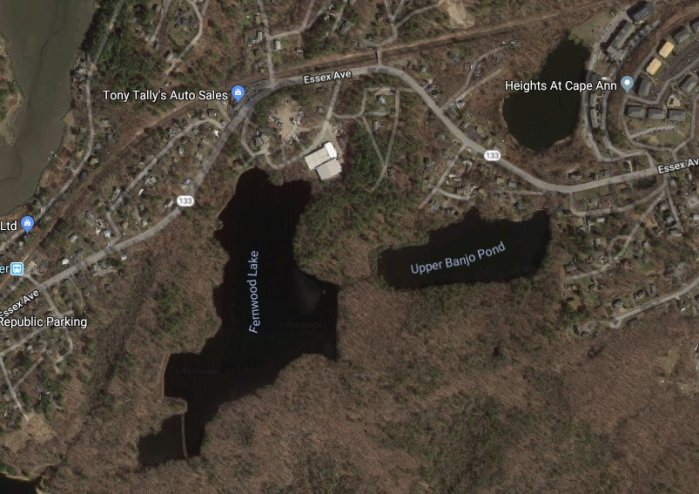Next time you’re heading in the direction of Wolf Hill, Good Harbor Beach or Rockport thank E. Raymond Abbott when you pass Day’s Pond, a historic man made pond in Gloucester about 1 acre in size. In 1978 Abbott wrote about his family’s association with the pond:

“On reading a recent article in the Gloucester Daily Times (July 1979) which made reference to the ‘so-called’ upper Day’s Pond off Eastern Avenue it occurred to me that the people of Gloucester might be interested in a brief history of the pond.
Years ago there were two Day brothers who owned a large tract of land which extended from the beaches and marshes all the way up to the old Rockport Road. This land, including the upper Day’s Pond, was later sold to a lawyer named Webster who lived in and owned a hotel on Pleasant Street. Later on the Webster property which also included land around Cape Pond in Rockport, came up for sale at a public auction. My father, James Abbott, bought it in June of 1905 and went into business which was later known as the Cape Pond Ice Company. In 1922, my father retired and I took over the ice business.
I will always remember a young girl, Harriet Wonson, who lived just above the upper Day’s Pond, coming to me asking if she could beautify the pond by planting water lilies in and around it. Of course, I gave my consent.
In 1943, I decided to sell the Cape Pond Ice Company. However, before doing so, I gave the upper Day’s Pond to the city of Gloucester so that the children always have a place to skate in the winter, in the summertime provide a pond for fishing, as well as a beautiful subject for our local artists to paint. It was during this same period that I was able to acquire most of the land around Cape Pond and later gave my interest to the town of Rockport to be used as a water shed.
It is my sincere hope and desire that the upper Day’s Pond will continue to provide as much enjoyment for the children of the future as it has in the past.
E. Raymond Abbott, Gloucester Daily Times Letter to the Editor, July 16, 1979
Twenty years later, Gloucester dredged Day’s Pond “as part of a watershed management plan to stabilize the pond’s ecosystem.” Massachusetts Department of Environmental Mangement awarded $2500 for the project in 1998. Marilyn Myett wrote a persuasive My View column about the pond’s vital impact in the neighborhood.
Cape Pond Ice was the subject of Mr. Goulart scavenger history challenge for 9th grade GHS students see results & historic photos here





